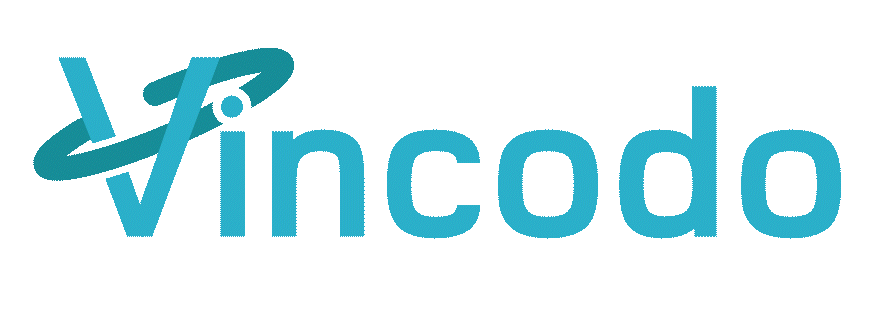Its been a week since Google’s announcement that it will be changing how Ad Rotation settings currently work and the less than positive reaction from the marketplace following shortly thereafter. Not surprisingly, numerous marketers, including ourselves, have cried foul over Google’s decision to override the applied settings of Advertisers without permission. While Google may benefit some small business advertisers with this change, the savvy marketer is left holding the bag.
For those not clued in on the news, Google senior execs made the decision to automatically update the Rotate Evenly setting applied to a campaign by an Advertiser to Optimized For Clicks after 30 days being untouched. Their public relations push is that this clearly helps Advertisers because it increases their click rate, thus improving the quality score and leading to a lower CPC for the Advertiser. It has nothing to do with making money for Google, they just want to help Advertiser get on the right track. In summary, Google knows better how to implement your strategy simply looking at numbers and knowing nothing about your business or your customer. Click rate is king! Quick, somebody close the windows because the copywriter is going to jump.
Google for years has beat the drum that you must at all cost achieve the highest click rate possible for success. Their own best guidelines encourage Advertisers to look like one another with an over focus on relevancy. That very direction from Google is a violation of the long standing principle taught in the first day of Marketing 101 class that success is driven by standing out from the pack and developing a unique selling proposition.
Why does Google recommend this cloning of ads? Very simple, they are the party in the transaction that benefits the most. If every paid search ad looks the same, the consumer is forced to click on multiple ads to find the proper solution to their problem. Google wins by offering multiple relevant results for a good user experience and the cash register rings multiple times. The Advertiser is then left to chase the conversion.
What savvy marketers have learned is the highest CTR ad is typically not the winning ad when it comes to achieve ROI and sales volume objectives. Any search marketing ingenue can generate clicks by loading up the copy with keywords for relevancy. The experienced marketer is the one that understands how to write ads that limit window shoppers and draws in more qualified visitors. A good ad copy testing strategy will often show that the 2nd or 3rd best CTR is more conducive to a higher conversion rate than the top click recipient. That increase in conversion rate will easily offset any incremental CPC increases that Google may toss your way.
But most concerning is how Google’s actions interfere with testing efforts. For any marketer that has conducted expansive ad copy testing, rarely are you able to learn anything in 30 days. Reason for that is that statistical relevance cannot be achieved until a certain volume of observations are obtained. If the Advertiser has built out a substantive Ad Group structure, it will take months, not weeks to achieve statistical validity. While Google defends these concerns in that their optimize for clicks approach would only shift things in the near term to “60/40”, this invalidates the testing and frankly, optimize for clicks rarely does a “60/40” when you have a thoughtful ad copy strategy. In summary, Google is dismissing 30+ years of tried and true direct marketing best practices by eliminating a controlled A/B split test environment.
So, if this is the case, why is Google doing this? Very simple folks, revenue achievement for Wall Street. As we’ve come to learn in recent months regarding former employee complaints about a “changing culture” since Eric Schmidt’s departure, the focus at Google is changing. Its now about what changes can we make that are sweeping enough to move the needle on revenue. The Ad Rotation change is about revenue, forcibly pushing unsavvy small businesses towards ad units that generate more clicks regardless if it is beneficial to ROI. Small business represent the biggest chunk of Google’s revenue and that is where the focus is at.
For the savvy marketer, don’t fear lack of control. Thankfully, Google left a loophole for us all to continue down our path of choice. To maintain our choice and override Google, we just need to simply switch ads to Optimize for moment and then revert them back to Rotate every two weeks to ensure we are inside the update intervals. If you don’t want Google making decisions on your behalf and you want to maintain testing control, its just a little more work to add to the schedule.






